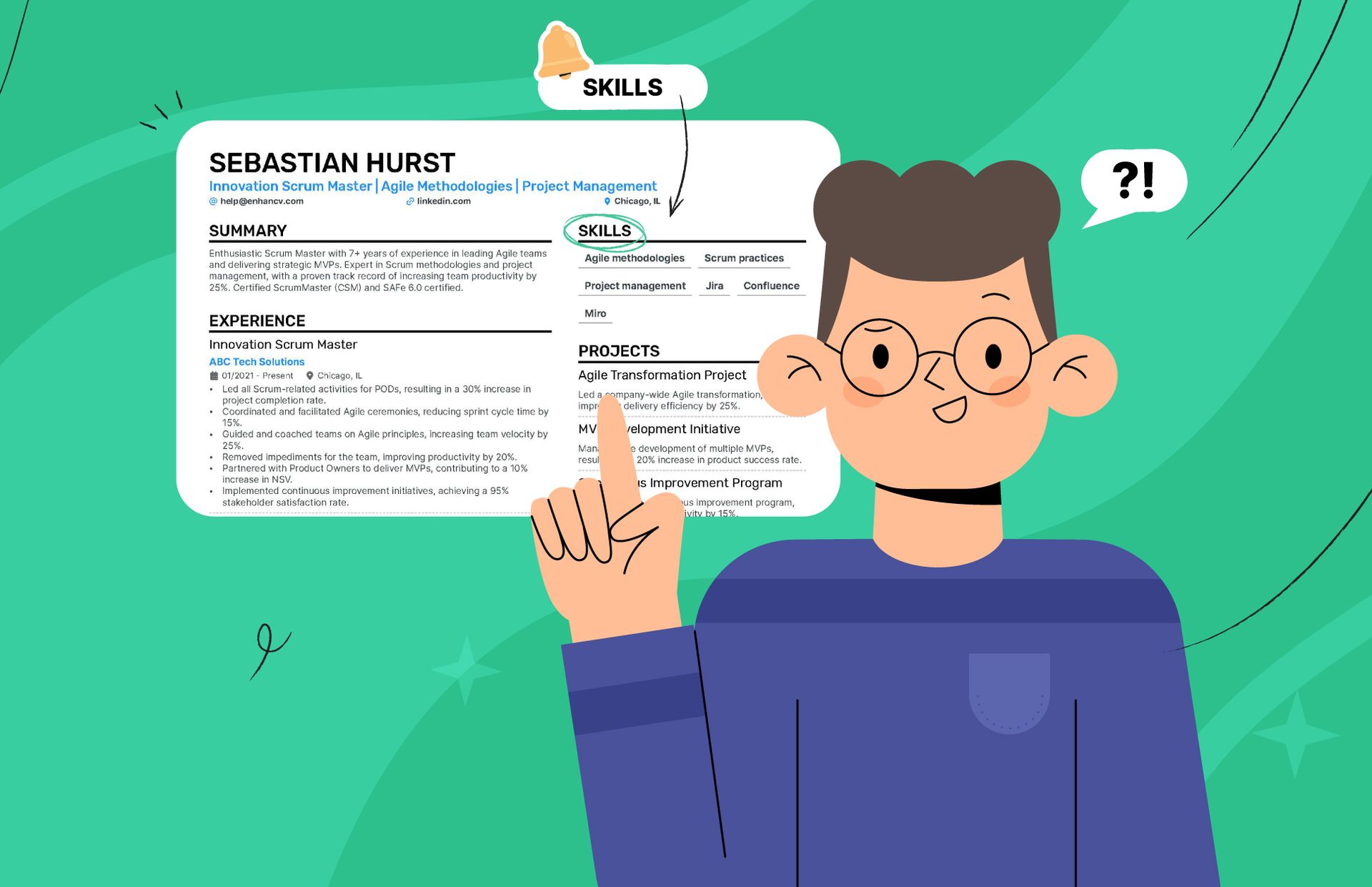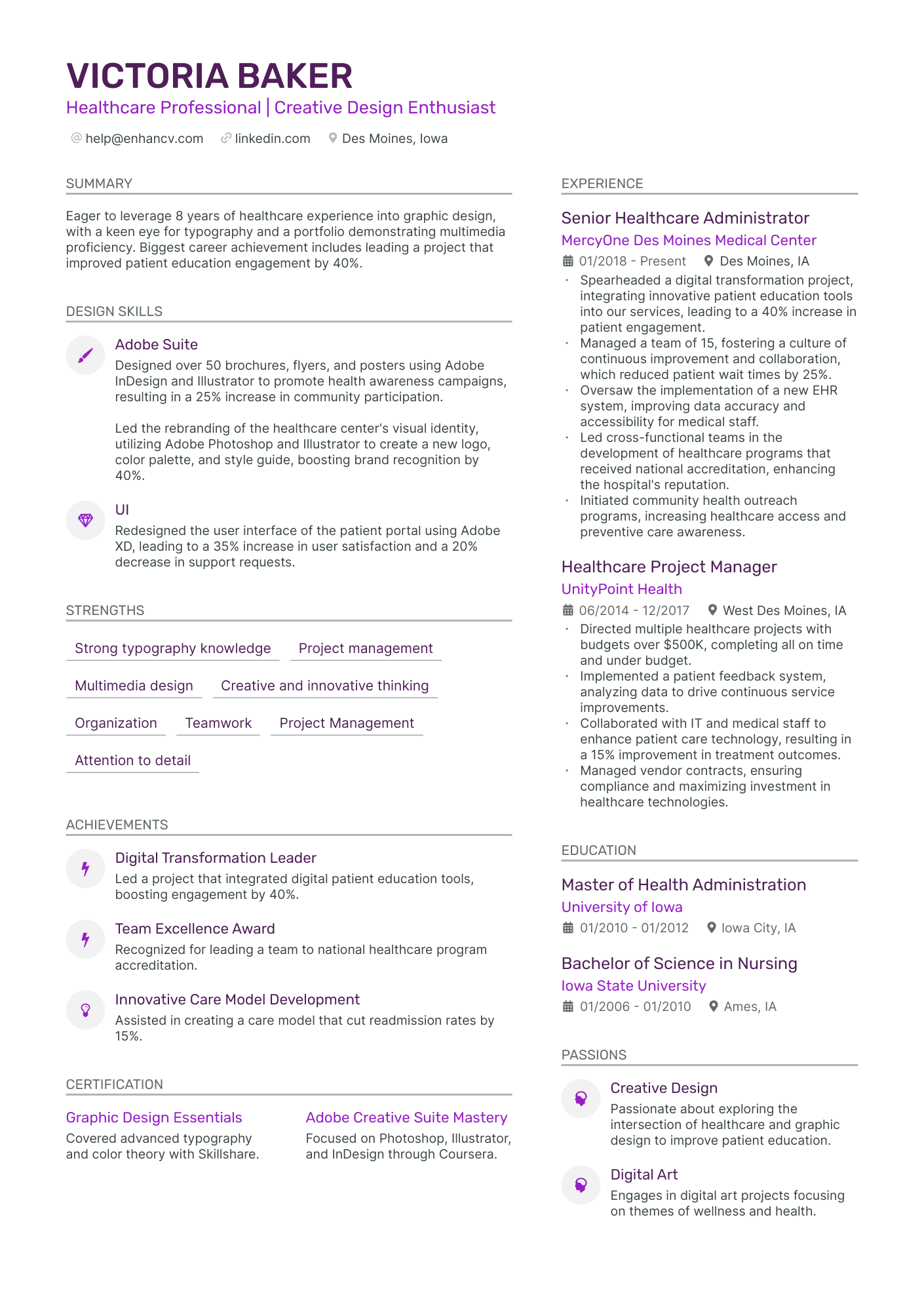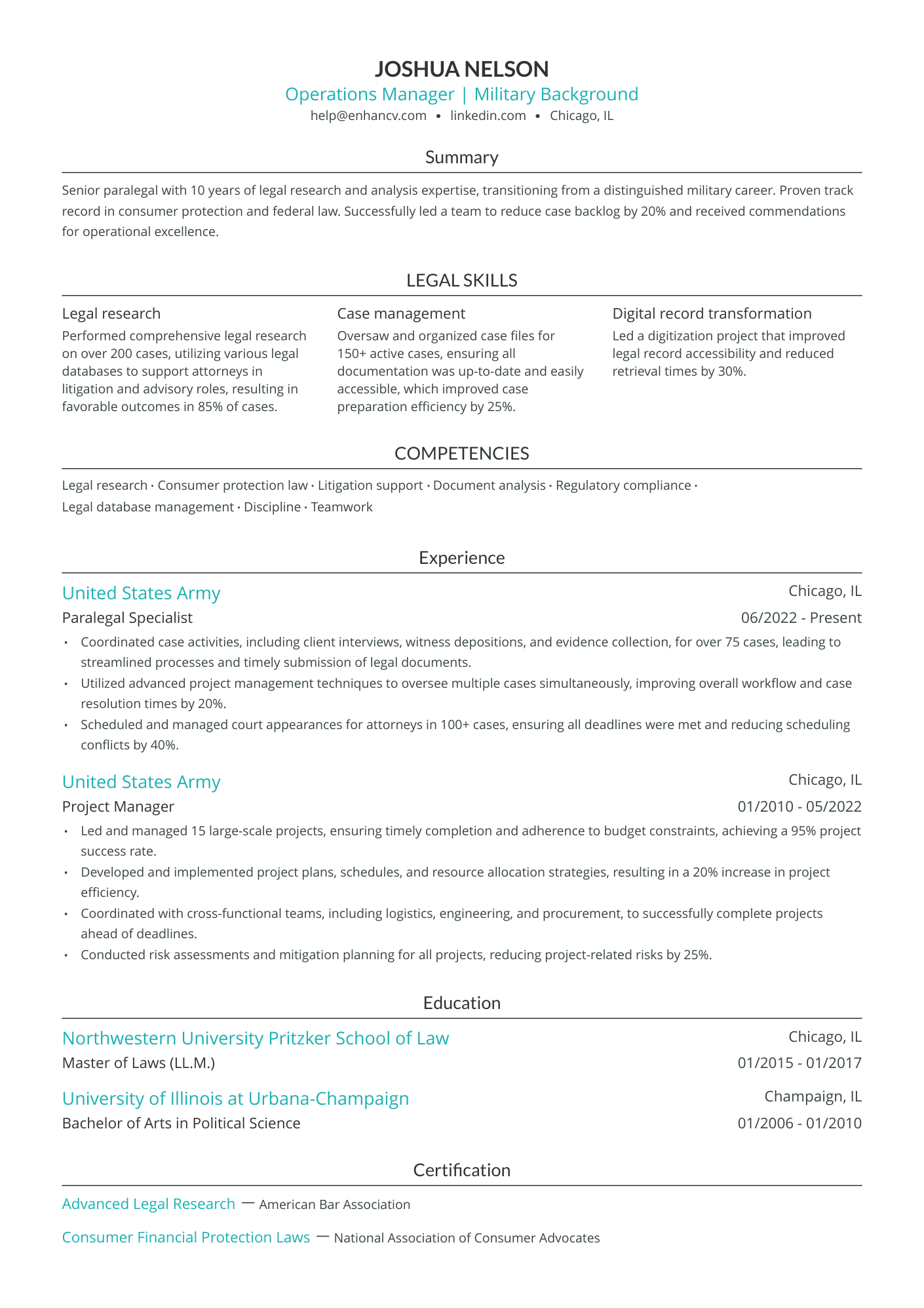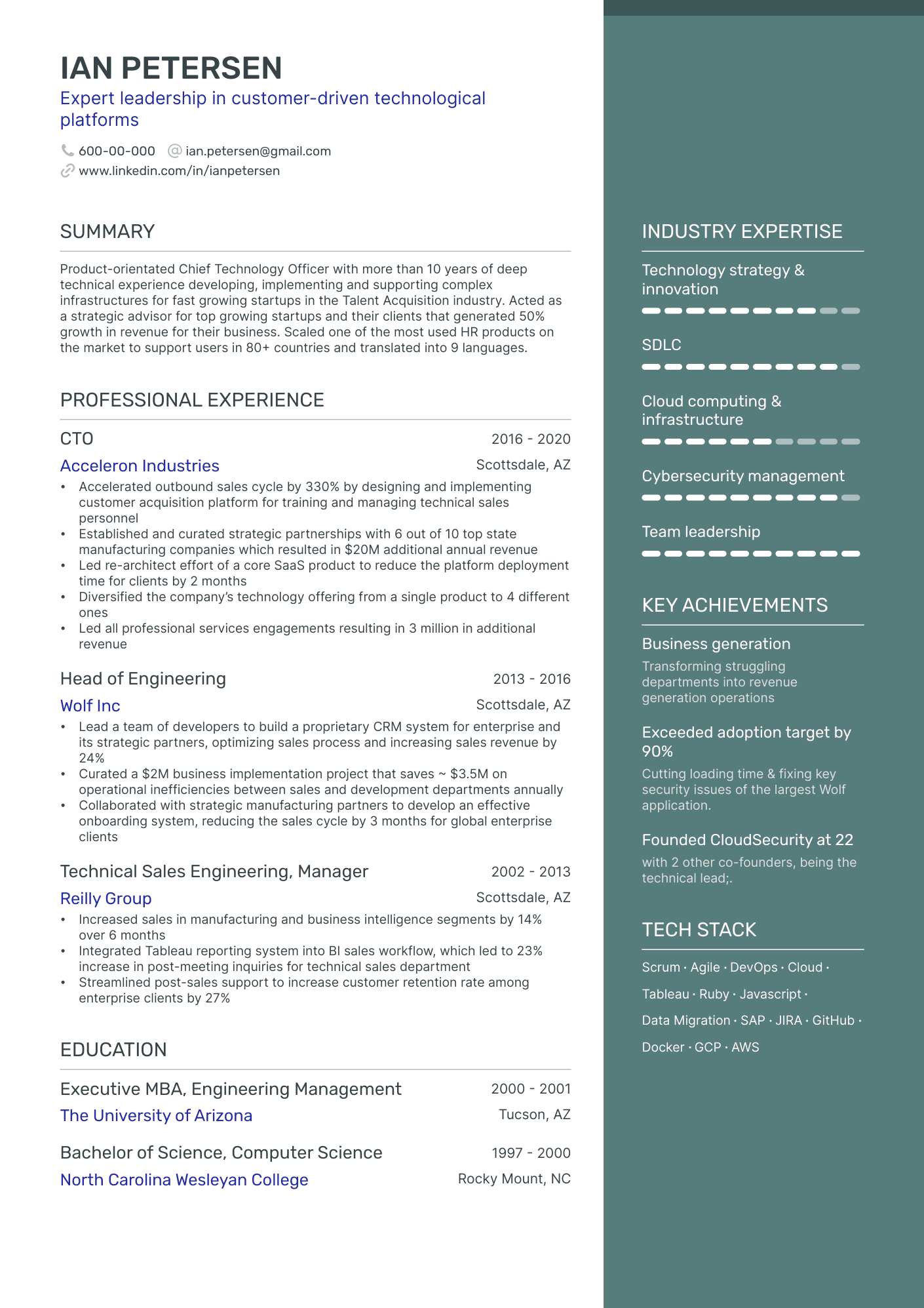Your resume’s skills section is like a spotlight, shining on what you do best—but only if you aim it right.
Sure, your work experience matters, but the skills section can be the key to standing out when employers only spend seconds on each resume.
Do you really need it? Sometimes, yes! But not always.
In this post, we’ll guide you on when to include a skills section, how to tailor it for your ideal role, and the best way to showcase your abilities without overwhelming the hiring manager.
We have a full guide for the 200+ resume skills that are in demand, and how you need to list and identify them accurately for the job you’re applying for.
Key takeaways
- Include a dedicated skills section, especially for technical or creative roles, to show your expertise upfront.
- Tailor this resume component to match the job description for better results with both recruiters and ATS systems.
- Highlight your most relevant abilities, using specific examples to back them up.
- Organize your skills in a way that’s easy to read, like using bullet points or a two-column layout.
- Be honest about your proficiency levels to avoid any surprises during interviews.
What is the skills section of a resume?
This part of your resume sections is where you list and describe your most relevant abilities, often showing how you've applied them in real-world scenarios. It’s typically placed near the top and helps both applicant tracking systems and recruiters quickly identify your qualifications.
Your skills section is more than just a list of buzzwords—it persuades employers you're the right fit for the job. Done well, it aligns your strengths with the job requirements and sparks immediate interest from hiring managers.
When do you need a resume skills section?
Let’s clarify—you always need to include skills on your resume, but they don’t always need their own dedicated section.
That said, a skills section is crucial when you need to underscore specific abilities that align with the job you're applying for.
Skill-based hiring is the future
According to a study by Test Partnership, there's a growing shift toward skill-based hiring instead of traditional resume sifting. An impressive 93% of participants agreed that focusing on skills is more effective in finding the right candidates. Supporting this trend, 48% of recruiters on LinkedIn are already using skills data to help fill their roles, underlining the increasing importance of a well-crafted skills section on your resume.
Here are the exact scenarios when having a skills section is a must.
The job requires specific technical skills
If you’re applying for roles in fields like IT, engineering, or design, where technical know-how is essential, a skills section is crucial. It allows you to underscore your expertise in things like coding, software, or specialized tools upfront.
You’re changing careers
Switching careers? A skills section helps bridge the gap between your past experience and the new role by emphasizing transferable skills. It’s your chance to show how abilities like project management or problem-solving can apply to a completely new field.
You have limited work experience
For recent graduates or those with no work experience, the skills section can take the spotlight. Demonstrating your skills—whether learned in school, internships, or personal projects—can make up for a shorter work history.
You want to improve your ATS score
Many companies use ATS to manage applications and store resumes. A well-tailored skills section with the right keywords from the job description can help your resume get noticed.
You want to show you value recruiters’ time
In fast-paced industries, having a skills section at the top helps grab hiring managers’ attention. It gives them a quick overview of your capabilities before they dive into your work experience.
PRO TIP
A common misconception is that ATS will filter you out of the job application process completely. In reality, ATS doesn't eliminate resumes—it simply scans for keywords from the job listing. The more relevant keywords your resume includes, the better your chances of impressing recruiters. So, while ATS helps organize applications, it’s still up to actual human beings to make the final call.
What to include in your resume skills section
There are four major types of skills you can feature on a resume. Keep in mind, that not all of them need to be listed in a separate section. It’s important to weave your abilities throughout your resume—from your work experience to your summary—to give a complete picture of what you offer.
Before we dive into how to craft a skills section tailored to your situation, let’s explore the different types of skills you can highlight.
Hard skills
Hard skills are practical, measurable abilities like programming, data analysis, or proficiency with specific software. These skills are typically gained through education, training, or hands-on experience. Employers seek them to ensure you can handle the technical demands of the job.
Technical skills
A major subgroup of hard skills, your tech skills relate to the tools or platforms that you’re proficient in. If the job requires things like SEO, Adobe Photoshop, or CRM software, list them separately to show you’re ready to hit the ground running.
Top tech skills on the resumes of Enhancv users
Soft skills
Soft skills are developed through your interactions with other people and include traits like communication, teamwork, and problem-solving. They’re essential for how you get on with colleagues and navigate workplace challenges. Since these skills are harder to quantify and provide concrete evidence for, it's best not to list them in an isolated section but to demonstrate them through your work experience, projects, or education.
Transferable skills
Transferable skills work across industries, like leadership, time management, or project management. They’re especially helpful when switching careers or roles.
Top soft skills on Enhancv customers’ resumes
How to write the skills section of your resume
Writing a skills section that employers actually read involves more than just listing your strengths. It’s about tailoring it to the specific job you’re applying for. This is called resume targeting and is at the core of any good resume.
Here’s how to do it:
Step 1. Study the job description
Carefully read the job description and make a list of the specific skills the employer is seeking. Focus on both hard and soft skills that are mentioned.
Step 2. Keyword matching
Use the exact language from the job listing when describing your skills. This helps your resume pass through ATS scans and shows recruiters you’re a match. For example, if the job description asks for "SEO expertise," list that instead of general terms like "marketing knowledge."
Step 3. Customize the skills section for the role
Tailor your resume skills for each specific application. For example, a marketing role might require skills like "content creation" and "social media management," while a project management position could require "budgeting" and "team leadership." Adjust your skills list based on what each role emphasizes.
Step 4. Prioritize relevant skills
List your most relevant skills first, focusing on those that are most important to the job. Group your skills by category if needed, such as "Technical Skills" or "Leadership Skills," to make it easier for recruiters to scan.
Step 5. Keep it concise and specific
Be clear and concise. Avoid generic skills like "good communicator" unless you can back them up with specific examples in your work experience. Instead, focus on skills that directly relate to the job.
PRO TIP
Crafting a targeted skills section is simple with Enhancv’s resume builder, which features an ATS Check tool. It allows you to paste the job description and evaluate how well your skills align with the specific requirements of the job posting.
Skills section example
Let’s put this into practice and show you how to create your skills section using a real-world job description.
Below is an example of a software engineer job posting:
Software Engineer
About the Role & Team
Media Engineering is an innovative organization focused on providing the best possible video playback experience, art, and metadata to customers worldwide.
The Tooling Ecosystem Team is responsible for developing software solutions that enhance UI/UX frameworks, authentication, and web infrastructure that support the operator tools within Media Engineering. Our mission is to seamlessly integrate user experience with top-notch security measures.
Responsibilities:
- Craft and maintain the UX/UI framework that enhances developer productivity for operator tools.
- Assists in managing the authentication integrations to the wider company login service.
- Basic understanding of the business needs and works with business partners to clarify questions that emerge during execution.
- Contributes to the team's core fundamental software project needs by applying team best practices and standard software guidelines.
- Collaborates with other engineers to deliver new features and bug requirements.
- Supports a culture of collaboration and innovation.
- Builds quality products.
Required qualifications & skills:
- Experience in frontend UI development and proficiency with one or more general-purpose programming languages (JavaScript and/or HTML/CSS).
- Desire to work in a start-up, fast-growth, or rapid-change environment.
- Problem-solving skills to identify the root cause.
- Solid communication skills—written, and oral.
- Understanding of agile methodologies and git source control.
- Experience in programming with backend development (Java/Python).
Preferred qualifications:
- Experience with React, Angular, and NodeJS.
- Experience building APIs.
- Experience with AWS technologies and cloud infrastructure.
- Experience using technologies/services such as Terraform, Jenkins, and Docker.
Education:
- Bachelor’s degree in Computer Science, Information Systems, Software, Electrical or Electronics Engineering, or comparable field of study, and/or equivalent work experience.
In technical resumes, it’s important to have a clearly displayed "Toolbox" section for your hard skills, while soft skills can be naturally woven into other resume parts.
If the candidate here meets most of the tool requirements listed in the job description, they can easily transfer them onto their resume.
Here’s how that might look:
This is the simplest way to present skills on a resume, but it's not the only option. In the next segment of the guide, we'll explore other effective methods for listing and describing skills to help you set yourself apart.
Alternative ways to list skills
What if you have multiple types of skills to showcase? How do you ensure all your qualifications are covered while keeping your resume organized? Below, we share a few solutions that are both ATS and recruiter-friendly.
Using a skills-based resume template
A skills-based resume is ideal for those looking to downplay limited work experience and highlight their strengths. With the functional template, the skills section comes before employment history, allowing you to focus on key competencies by providing brief descriptions for each skill. This approach puts your abilities front and center, giving recruiters a clear view of your value.
Look at an example:
This format is ideal for candidates whose abilities are their main selling point, such as those in creative fields, or individuals transitioning from another industry with a wealth of transferable skills.
Including skills in other resume sections
This method works best for soft skills, which are harder to capture in a simple list. The best places to feature them are in your experience or summary sections.
For example, if you want to emphasize your leadership skills, simply listing "leadership" isn’t enough. You need to provide context to back up your claims.
Here’s an example from a marketing director’s resume where the candidate’s ability to lead teams is illustrated in the first bullet point:
- •Led a cross-functional team in the design and execution of inbound marketing strategies, achieving a 40% increase in qualified leads.
- •Managed budgeting and cost optimization for marketing projects, resulting in a 20% decrease in expenses over two years
- •Developed strategic partnerships with media outlets and digital content creators to enhance brand presence.
A similar effect can be achieved in the profile section, be it a summary or an objective statement.
Take a look at how this math teacher highlights their adaptability and creativity directly in the resume summary:
If you want to showcase your industry expertise, you can organize and grade your proficiency levels in different areas.
With Enhancv’s resume builder, this section looks like this:
Recruiters can quickly identify your qualifications when you feature them in the "Key Achievements" section.
Here’s how a project manager effectively handles this:
These achievements underline strong project management skills and technical problem-solving expertise, especially in process improvement and scalable solution implementation. The icons (which are optional) visually reinforce these claims, adding an extra layer of clarity.
Skills section formatting tips
When you’re creating your resume skills section, you need to decide not only what skills to include, but how you’re going to structure and format it.
Here’s what you should do for maximum impact:
- Keep it concise by focusing on the most relevant skills for the job you’re applying to, without overloading it with everything you know.
- Use bullet points, columns, or lines to keep your resume clean and easy to scan.
- A simple two-column layout works especially well if you want to balance both your skills and work experience.
- Group similar skills together, like “Technical Skills” and “Soft Skills,” to keep things organized.
- Make sure to prioritize your most important or in-demand skills, listing them first so they stand out.
- Pay attention to wording—using both full terms and abbreviations can enrich your resume semantically. For example, you can include both "SEO" and “search engine optimization,” but ensure you do have it written the way it’s mentioned in the job posting.
- Stick to traditional section titles like “Skills,” “Strengths,” or “Tools” to ensure compatibility with ATS systems. Avoid overly creative headings like “What I’m Good At,” as they might not be recognized by the software.
How to back up your skills on a resume
Without evidence, listing skills on your resume doesn’t hold much weight.
Here’s how you can back them up:
- Use measurable achievements and tie your skills to specific accomplishments, like "Increased sales by 25% through targeted digital marketing campaigns" instead of just saying "Digital marketing.”
- Use your cover letter to expand on key skills listed in your resume. This is a chance to provide more detailed examples and show how your abilities align with the job.
- Be ready with real-life examples. In an interview, employers may ask how you’ve used your skills in past jobs. For instance, if you list "time management," be prepared to talk about when you successfully handled multiple projects or met tight deadlines.
- Be honest about your skill level. Exaggerating your proficiency in something like "expert in Python" can backfire if you can’t demonstrate it during the interview.
- Anticipate follow-up or curveball questions, as you’ll often be asked about specific challenges you faced and how you overcame them. Prepare your answers in advance to show that you’re not just using buzzwords, but can actually back up your skills with real examples.
Conclusion
To wrap things up, your resume’s skills section can really set you apart, especially if you tailor it to the job and keep it well-organized. By tailoring your skills, focusing on relevancy, and presenting them in a clean format, you can create a resume that resonates with both ATS systems and human eyes.
Make one that's truly you.







